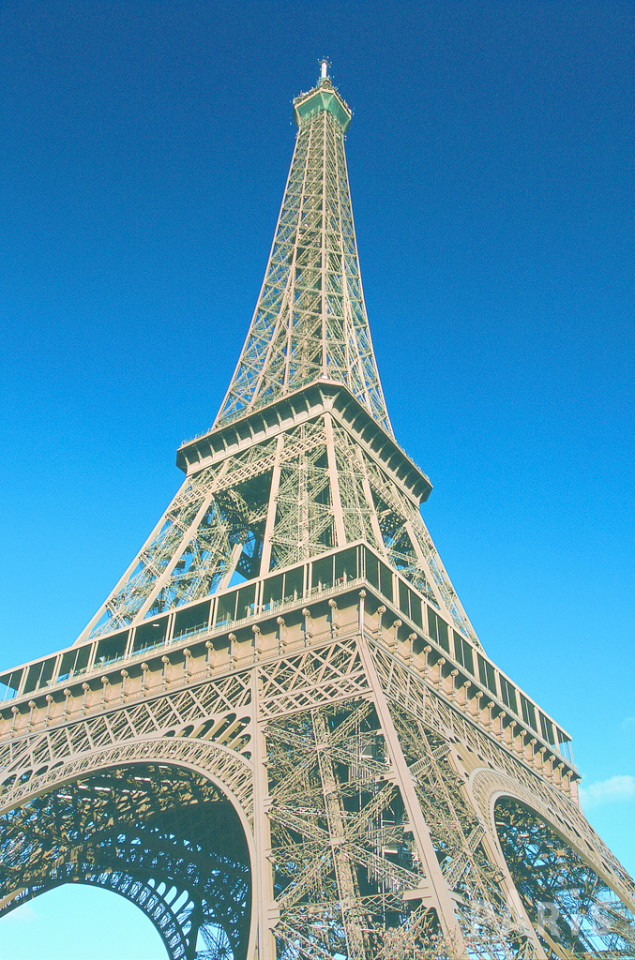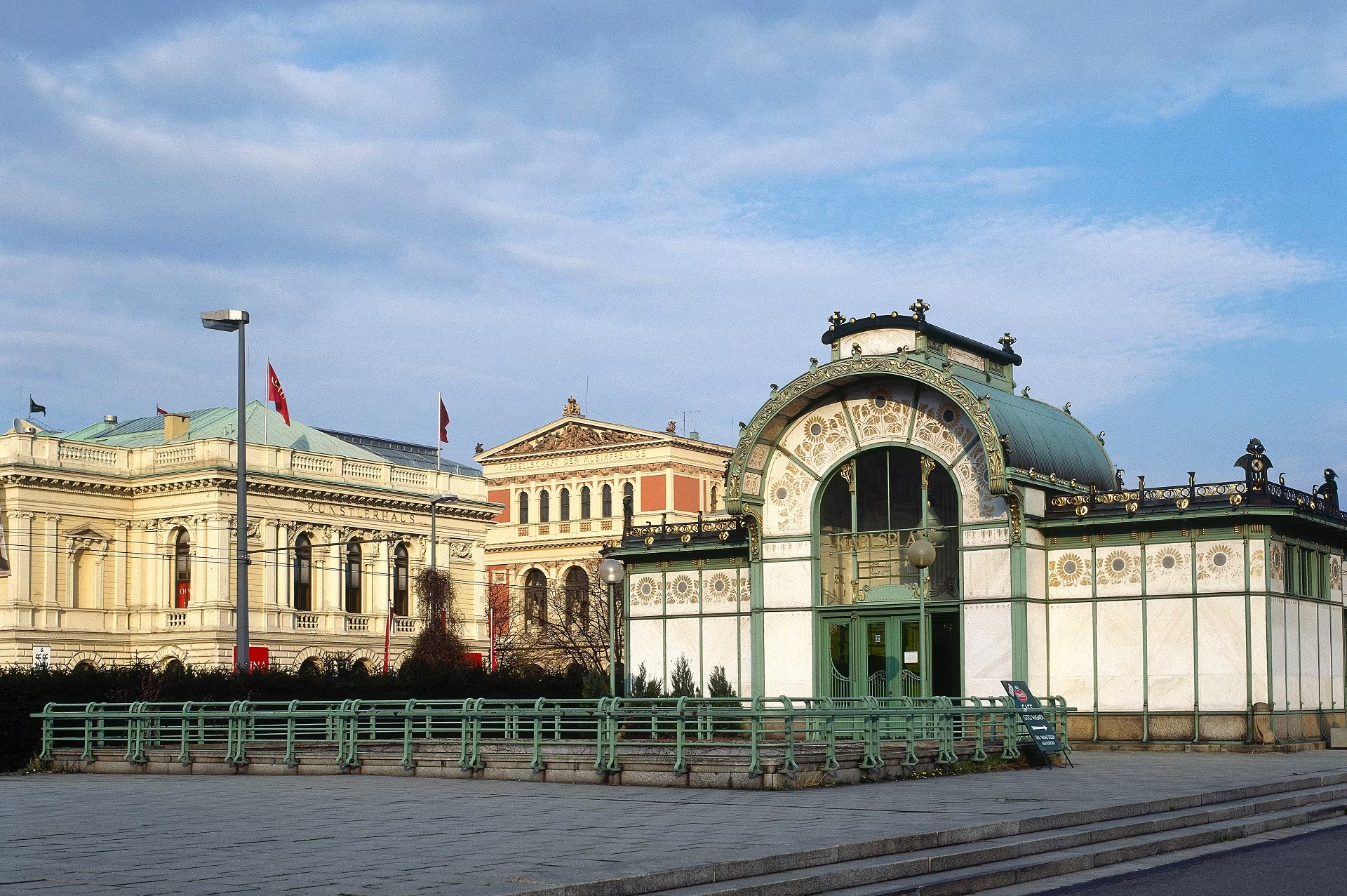Let's talk about Art Nouveau.
It is an artistic movement that emerged during the second-half of the 19th century and onwards. If you were focused during history lessons and not fucking and sillying around, you will notice how the date of its approximate beginning matches with the start of the Second Industrial Revolution.
In fact, Art Nouveau ("New Art" in French) originated from the consequences of the new industry that completely reshaped the world and economy in the late 19th century, in the 20th century and the 21st. It is an interpretation of art as a whole with the use of new materials and resources that had just appeared on the market.
Of course, since not everyone could afford to industrialise their countries, only developed ones could, such as the United States, Great Britain, France and Germany. The rapid expansion of European cities favored the development of new urban planning solutions; this means that as cities grew larger, a new system of designing buildings (haha) was needed in order to suit the new demanded requirements.
All the medieval quarters were demolished,
torn down, erased from existence, in order to make space for covered markets, tree-lined avenues, squares and train stations. The standards of architecture were also subjects of change, as new materials such as iron, cast iron and reinforced concrete showed up, slowly replacing the traditional brickwork.
Being called Jugendstil in Germany, Secessionism in Austria, and floreal style or Liberty in Italy, Art Nouveau works are, in general, heavily influenced by natural shapes and forms (leaves, insects, flowers..); l'Art Nouevau is, essentially, a fantastic interpretation of the new, modern art.

The Eiffel Tower is a notorious example of Art Nouveau.

So is the Karlsplatz in Vienna.
Utilized source: Panoramas of Art; Lessons
 Buonjournal
Buonjournal 
 Buonjournal
Buonjournal 
 Buonjournal
Buonjournal 

